
Across the world, we see evidence of art — in all of history, about every subject, from simple to tragic, art leaves a massive impression on the world. Yet, without the support of facilities, and educators, the arts cannot grow and help as many people as possible.
Are you wondering what makes the arts so important to society, culture, and civilization? Then let’s review some of the key reasons people should continue to support the arts.
Economy
Art is one of the biggest markets out there. With a $919.7 billion industry made up of 5.2 million jobs, there’s no denying art's significance in our lives and our world. Not only is there a huge economy surrounding art, but it’s also a major part of American spending. In 2017, the study for nonprofit arts and culture, AEP5, showed that the industry generated $166.3 billion in economic activity that supported 4.6 million jobs and generated $27.5 billion in government revenue.
No one can deny that there’s been a huge cultural revolution surrounding the arts, especially in local communities. The nonprofit arts space has a big impact on local business and tourism. People who are travelers are an ideal market for many who create and sell art. They are looking for fun experiences when they travel and also have the money to purchase art.

These people are looking for authentic experiences that represent and express the culture of the place that they’re visiting. This market links art creators, often poor or disenfranchised people, to buyers seeking an experience outside their bubble. Art has the power to distill experiences for other people to understand. Because of this, it is inherently valuable.
There are clear benefits to the entire community wherever an art space exists. For example, the nonprofit art industry creates $166.3 billion every year. Furthermore, studies have shown that attendees at nonprofit art events spent around $31.47 per person on services in the surrounding community, like restaurants nearby, parking lots, childcare options, and more.
Fine art has its place in the world, and as we already discussed, its own value, but not all art is made to be framed and hung on a wall. There are millions of people who work every day at jobs where they create art. The art itself can span from music to animation, architects to designers, all of these industries rely heavily on the artistic creativity of their employees. Among these professions lies the perfect intersection of filling a need with your own creative expression.

Just because these people are paid for the art they do, doesn’t mean they’re getting the support they need. Many of these professions are known to have poor pay, which is a shock considering how many people love and cherish the work of many public artists. This outlines the problem with valuing art monetarily. It outlasts the paycheck; thus, there’s a never-ending need to support the arts, artists, and creators.
A 2017 analysis of data from Dun & Bradstreet found that around 4 percent (673,656) of all U.S. businesses were directly related to the creation and distribution of the arts. It’s the job of millions of people to make art every day. It’s undeniably something valuable that everyone wants, so there’s no reason not to be interested in the arts, financially speaking.
Healing
People use art as a tool for expression. Sometimes, if a person follows the thread of feeling they have when making art, the creative process manifests subconscious trauma. Just by creating something they want, people find that making art releases their burdens, stress, and pain.
One clear example of this is in the world of art therapy for military and veterans. The arts create a platform for healing some injuries of war, both physical and otherwise, and veterans chose it, time and again, as one of the most successful forms of therapy.
More often than not, people have positive associations with the arts. When surveyed, 63 percent of people believed that the arts “lift me up beyond everyday experiences” or that the arts were a “pure pleasure to experience and participate in.”
People enjoy art and see it as a way to feel good and share joy. People even think of art as a way to make the world a better place; 73 percent of people surveyed said the arts are a “positive experience in a troubled world.”
In an America divided, 67 percent of people believe that “the arts unify our communities regardless of age, race, and ethnicity.” Many people around the world know there are things they don’t understand about others, and art is a way to bridge that gap. There’s no better cause to support than the pursuit of peace, understanding, and healing.
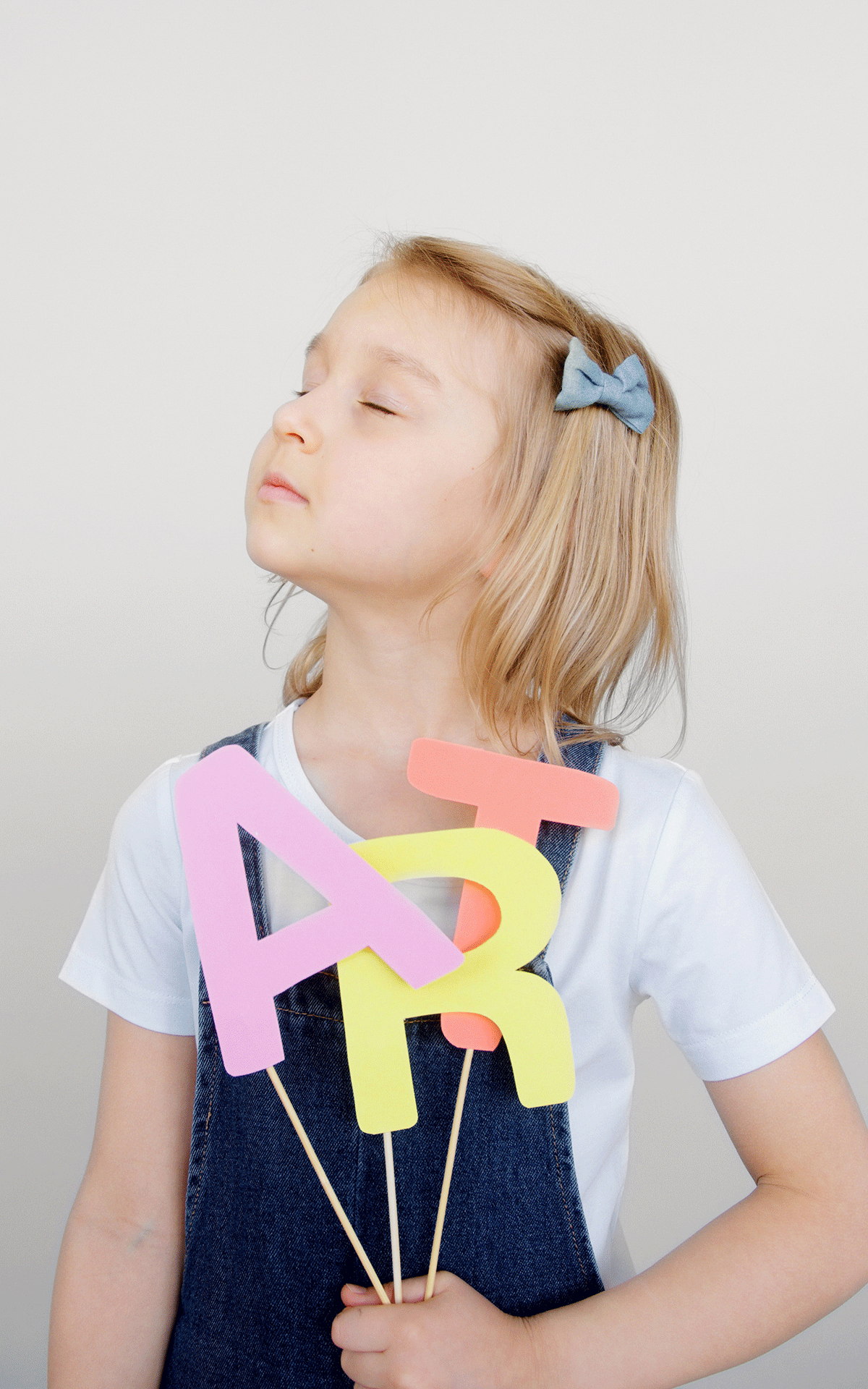
Growth
There’s a longstanding myth concerning the arts in education. Let this be clear, from many studies; the arts are incredibly beneficial for students. The inclusion of the arts in education leads to higher GPAs and test scores, lowered rates of high school dropouts, and more students moving on to attend college.
All students across the socioeconomic range benefit from art in schools. However, the Department of Education reported that access to arts education for students of color is lower than that of white students.
The myth that arts are expensive and serve as an unimportant part of a student’s education is unfounded. Supporting art in struggling communities directly correlates to success in school and further education, so why wouldn’t someone want to support the arts?
Art is linked to true feeling and authenticity in a world driven by money. Caring about art means that you care about supporting people less privileged than yourself. Nobel laureates in science disciplines are 17 times more likely to be engaged in the arts than other scientists.
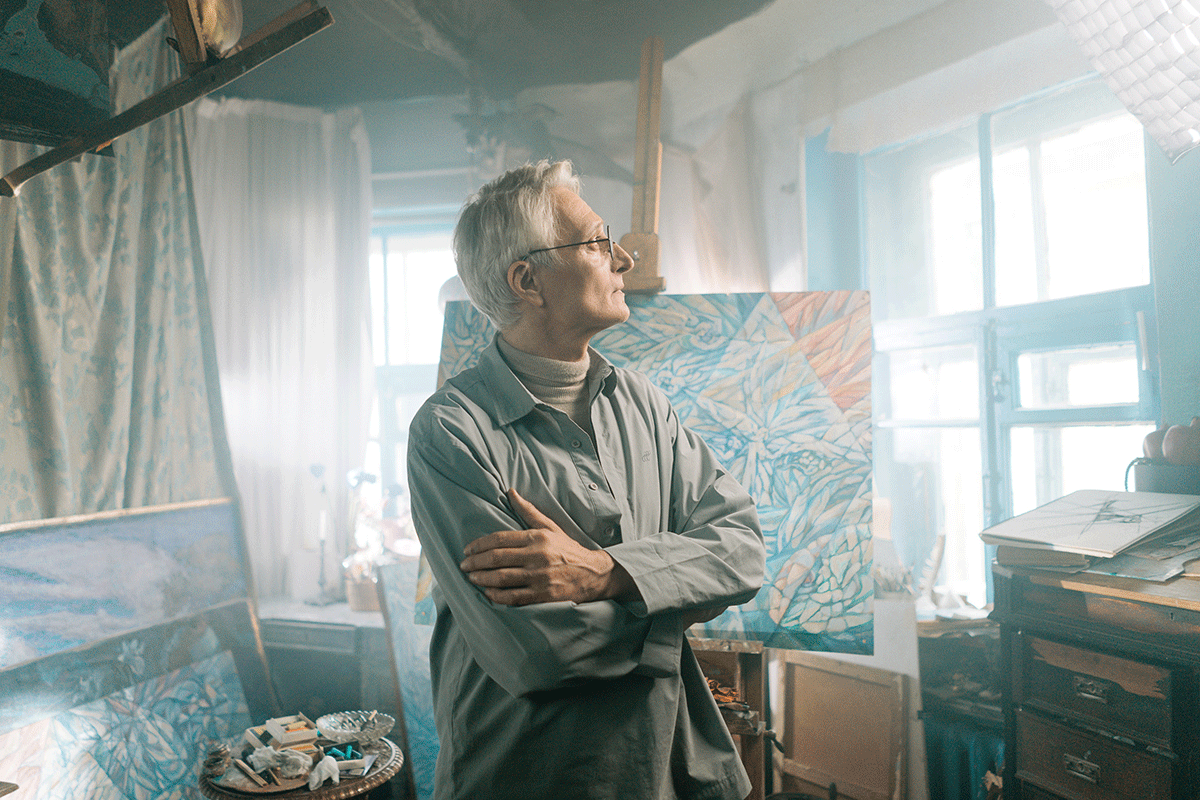
There’s an undeniable truth to art that we all acknowledge as humans. There’s value in it, and people should cherish it.
The arts are linked to everything from economic development to uplifting disenfranchised communities, and participation in the arts could lead to any number of artistically inclined professions. Never has that been clearer than during a worldwide pandemic, where people everywhere were forced indoors and away from work.
As millions of artists created at home, the art industry as a whole suffered. Yet, there’s never been a better time to support artists and the arts in economic history.
Similar Posts
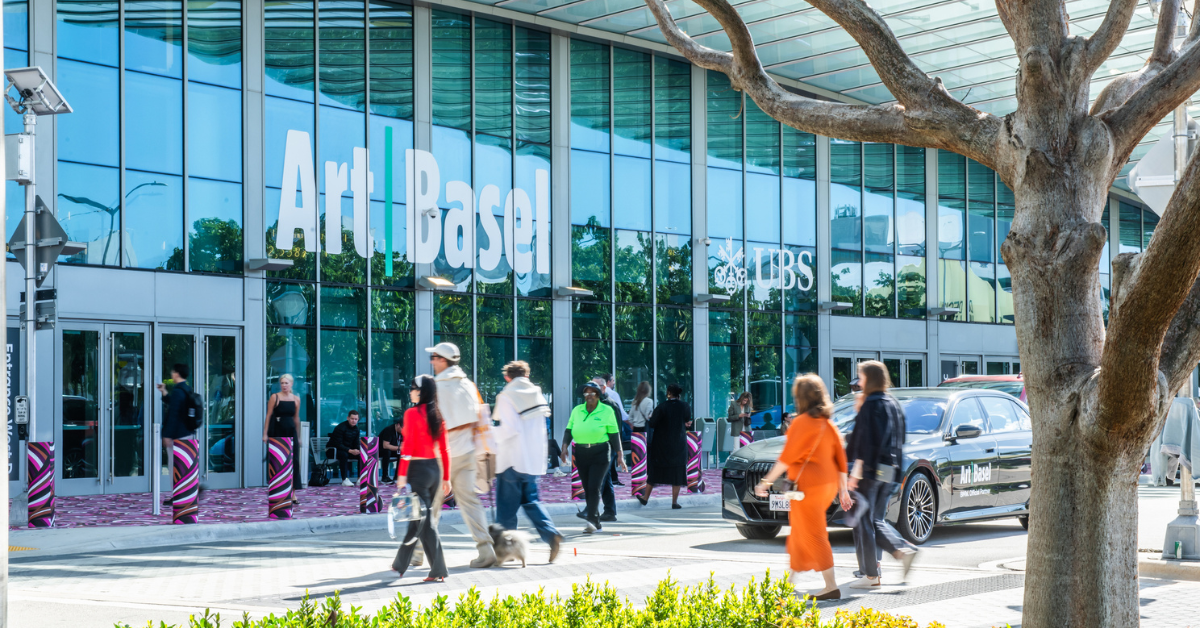
The most wonderful time of the year? Art Basel Miami Beach!

The Last Christmas Review

City of Miami Beach to Launch Free Water Taxi Service and Dedicated Shuttles for Art Week Miami Beach

Top Dining and Drinking Spots During Miami Art Week 2024
Recent Posts

The Florida Renaissance Festival Brings Patrons Back in Time Again at Quiet Waters Park for its 33rd Anniversary
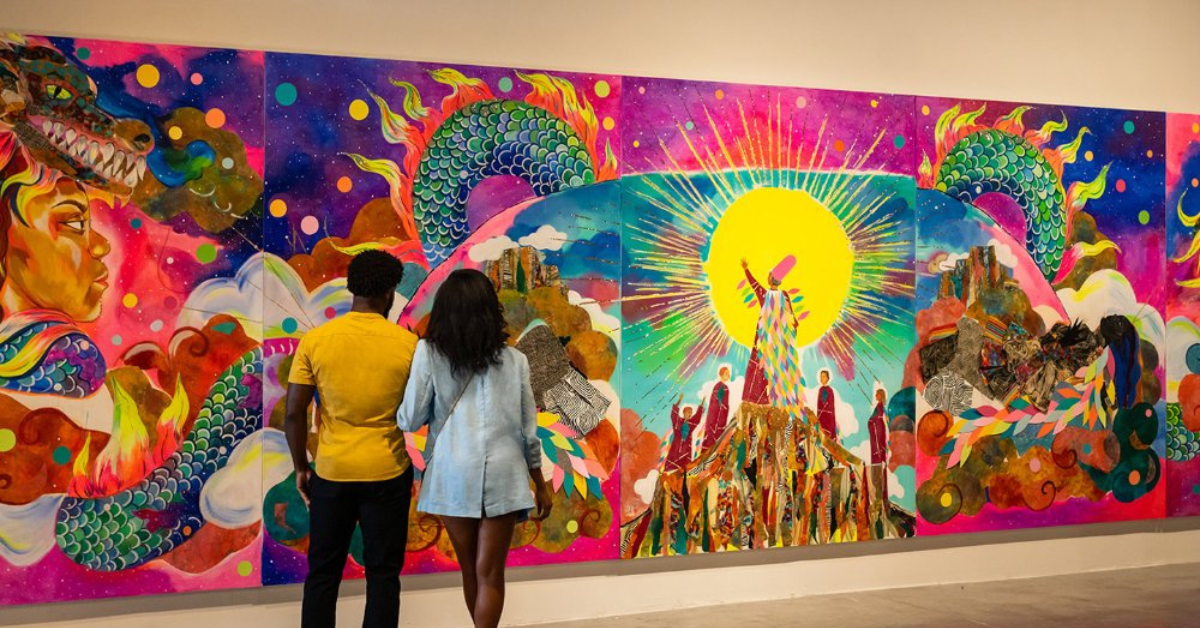
10 years of Art of Black Miami
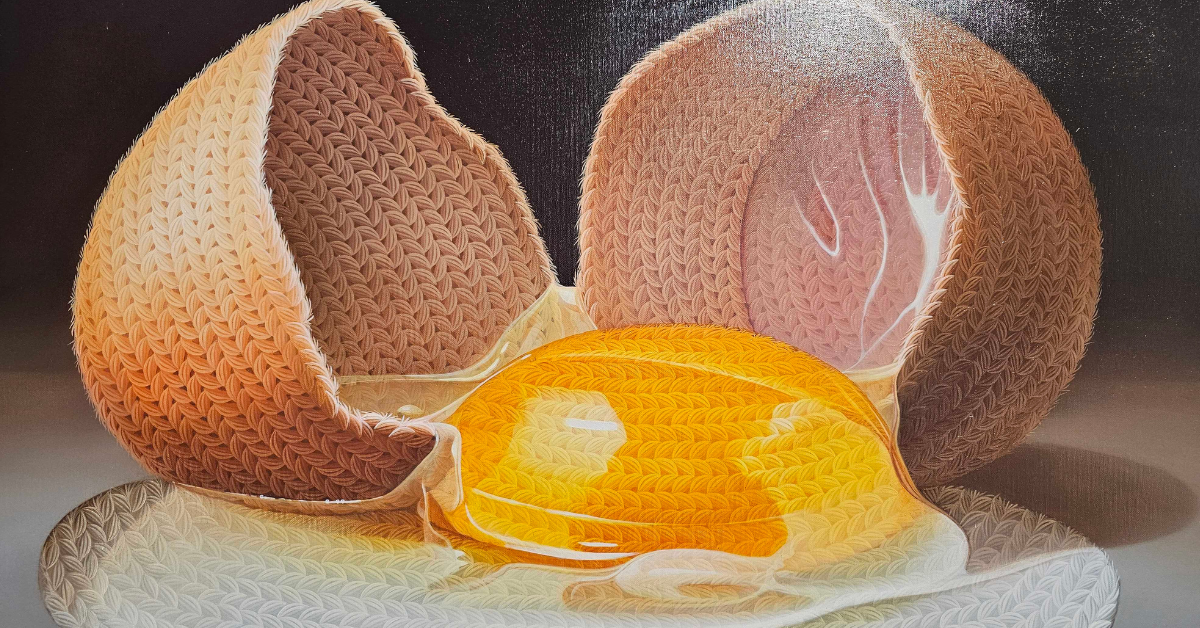
How Do You Want to Look at Art?
